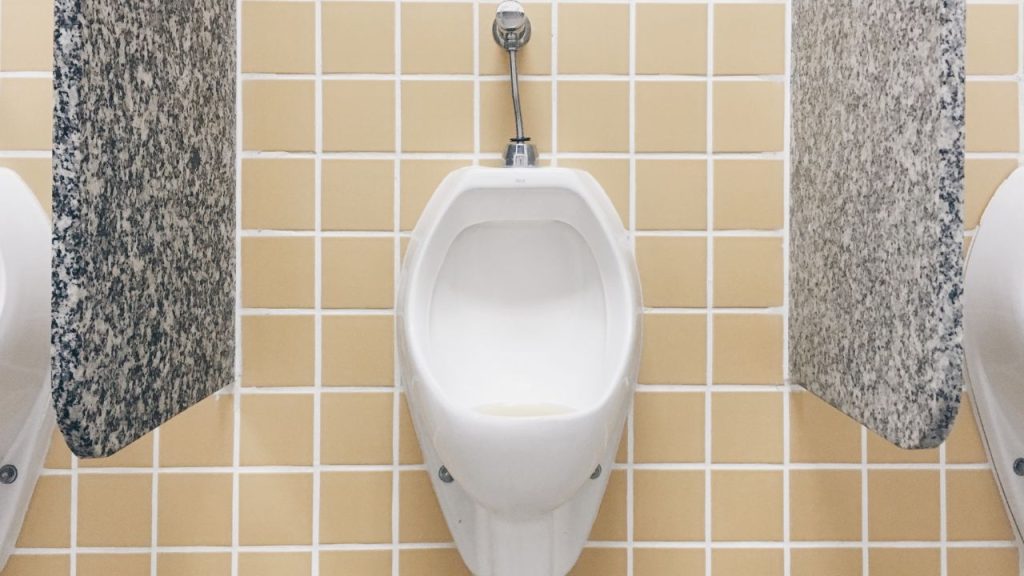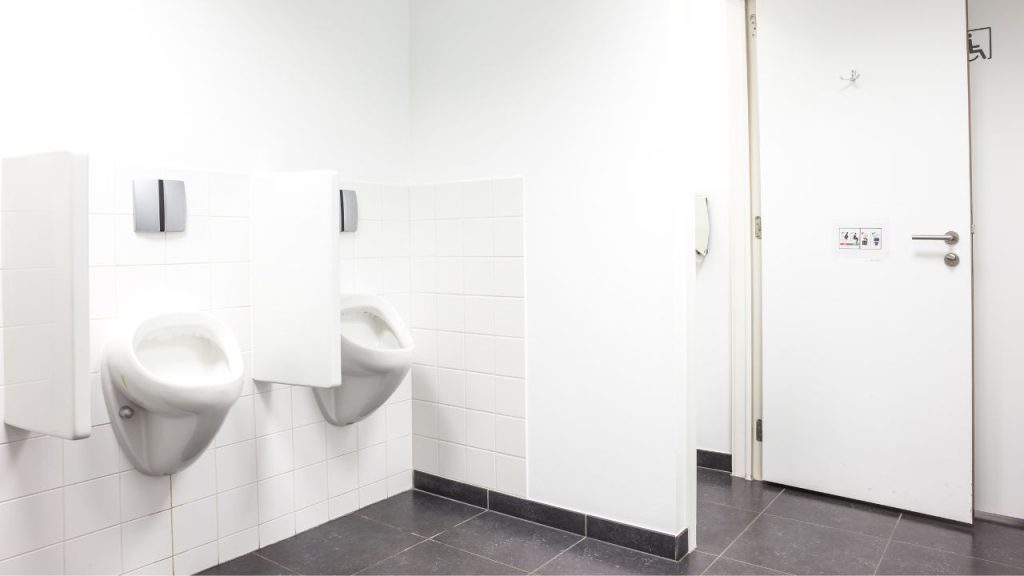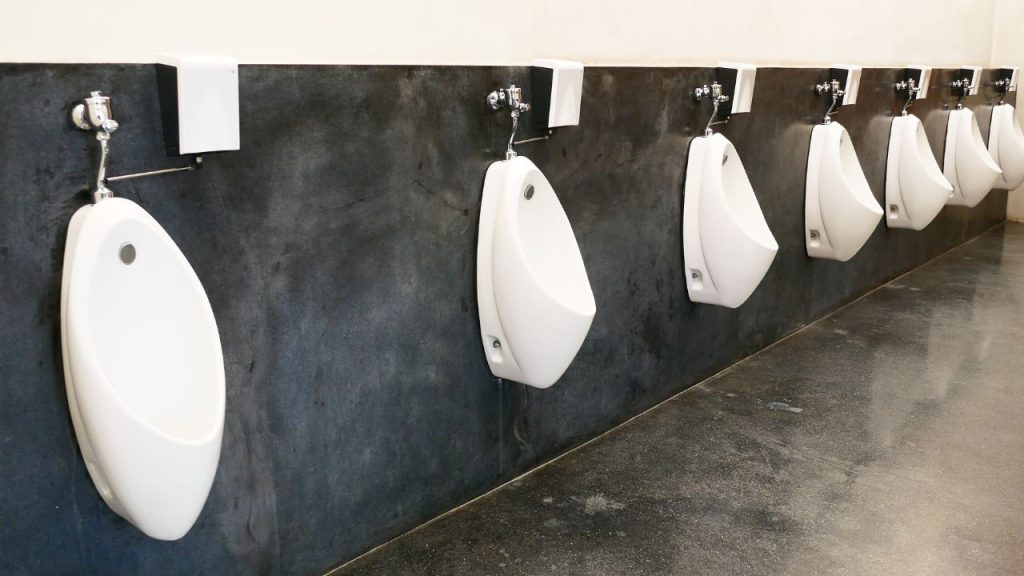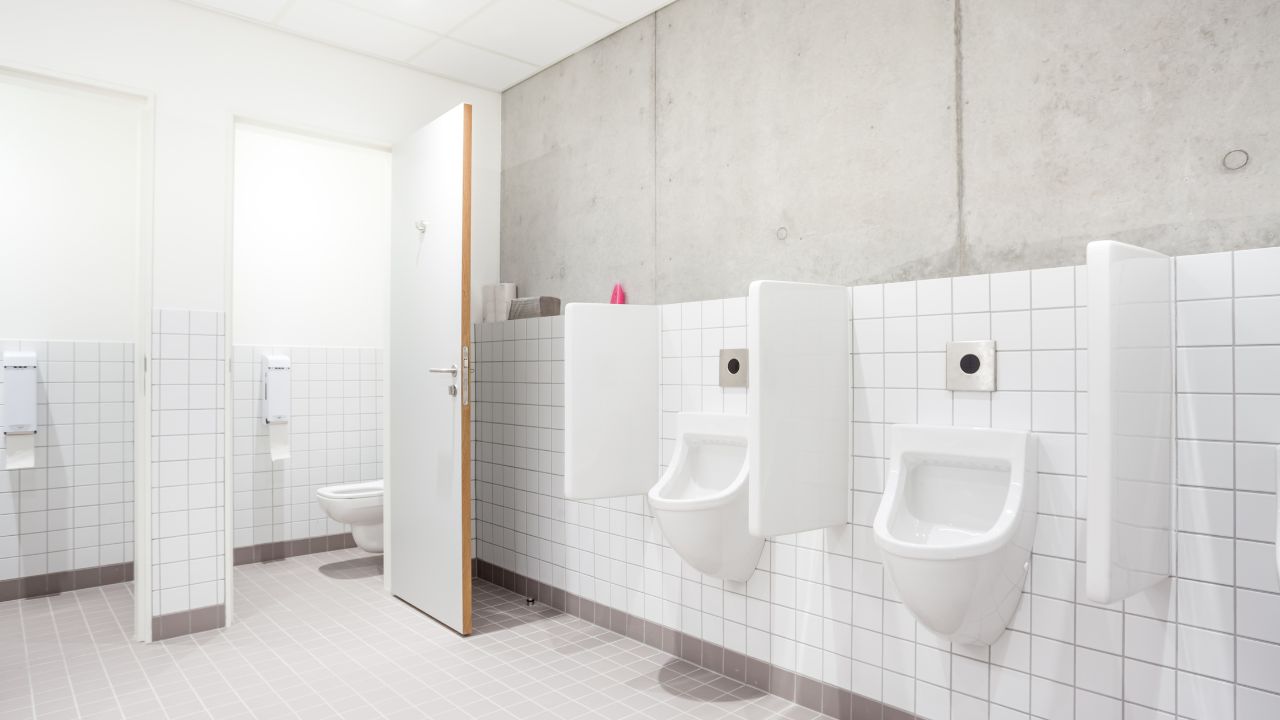The urinal toilet is a beacon of relief in public restrooms for men across the globe and a bit odd to those who are unfamiliar with its usage, for example the infamous b shaped bath.
But what exactly is it that sets this porcelain stallion apart from its traditional counterpart?
Let’s plunge headfirst (not literally, mind you) into the fascinating world of urinal toilets and unravel their mysteries.
1. A Blast from the Past
Before we delve into the nitty-gritty, let’s take a quick detour down memory lane and take you back to a point where the urinal toilet burst onto the scene back in the 1800s (yes, they’re that old), initially making an appearance in testosterone-filled spaces.
Their mission? To battle the notorious restroom queues and champion cleanliness.
Fast forward to today, these engineering marvels have evolved into eco-friendly, water-efficient warriors designed specifically with gents in mind.
No seats, lower bowl height, and some even come equipped with high-tech sensors that flush on their own – talk about being ahead of the times!
2. Design & Function: Not Your Average Toilet

Urinals aren’t your run-of-the-mill toilets and are disguised by being wall-mounted, trough-shaped contraptions made from porcelain or stainless steel, designed for the stand-up crowd.
Armed with a drain at the bottom leading directly to the plumbing system, they’re champions of easy cleaning and sworn enemies of clogs.
3. A Toast to Water Savings
The awesome thing is that urinals are true superheroes of water conservation.
These stalwarts typically use less than a gallon of water per flush, a far cry from the three to six gallons guzzled by traditional toilets.
That’s a lot of water saved and utility bills kept in check for businesses and organizations.
4. Hygiene: A Stand-Up Solution
One of the virtues of urinal toilets is their commitment to hygiene; as they’re designed for standing use, users can avoid the horror of touching a potentially germ-infested surface.
Plus, many modern urinals come equipped with sensors that detect when someone’s done their business and automatically flush afterward.
5. Privacy: A Work in Progress

Of course, urinals aren’t perfect and have had their fair share of criticism over the years, mainly around privacy concerns.
Many are installed without partitions or screens, leaving users exposed. The good thing is that recent designs are incorporating privacy screens and partitions to tackle such matters head-on.
6. Size Matters
When it comes to urinal toilets, size does matter, but not in the way you might imagine.
They come in all shapes and sizes, from compact models for snug spaces to larger ones for roomier facilities.
So, remember, it’s not just about the number of users but also the size of your restroom when you’re shopping for a urinal.
7. User-Friendly Additions
Tech-Forward Urinals Urinals are no strangers to technological advancements. The high-tech sensors mentioned earlier are not the only user-friendly additions to these porcelain powerhouses.
Some models now have deodorizing units that neutralize odors, ensuring a more pleasant restroom experience.
Others come with anti-splash designs, reducing mess and further reinforcing hygiene.
8. The Unseen Power

Urinals & Environment In an era where the importance of sustainable living is a global discussion, the role urinals play is significant.
By significantly reducing water usage, they cut down on utility bills and contribute positively to environmental conservation.
Moreover, several urinal models now use eco-friendly materials in their construction, minimizing their carbon footprint.
9. The Urinal Etiquette
Though not a physical feature, the unwritten code of conduct surrounding urinal use is integral to the overall experience.
Avoiding awkward moments and respecting personal space is the key.
Many agree that one should leave a urinal space between users, and conversation, unless necessary, should be minimal to ensure a comfortable environment for all.
10. An Investment Worth Making: The Cost-Benefit Analysis
Urinal installation may seem unnecessary for some, especially in small-scale facilities, but the long-term benefits often outweigh the initial costs.
Not only do they reduce water bills significantly, but they also streamline restroom traffic, contributing to a more efficient and hygienic environment.
Moreover, less need for maintenance reduces overall operational costs.
Wrapping Things Up
Designed for standing use, urinal toilets are water-efficient, hygienic, and with the right size, can be the perfect fit for your space.
Sure, they may have some privacy issues, but they’re working hard to overcome those hurdles with recent innovations.
Urinal toilets are worth considering for businesses and organizations looking for a durable and efficient solution. Happy peeing!



